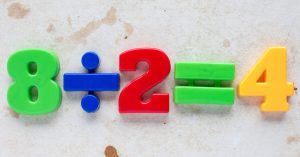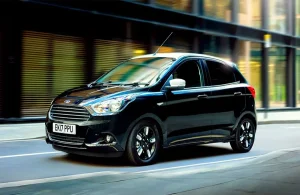5 Things to Know About the Value of Old Coins

Did you know that the most valuable coin in the world is worth $10 million dollars?
There are many factors that influence the value of old coins. It is important to know those factors if you wish to start your own coin collection by investing in old coins. But what is my coin worth?
Thankfully, you’ve come to the right place to learn more about identifying the world’s most valuable coins and how to determine their value. Continue reading to learn everything you need to know about the value of old coins.
What Determines the Value of Old Coins?
Coins automatically have an inherent value because they’re used as a form of currency. An exception to this is challenge coins, which commemorate a special event or a group of people.
If you look at history, the value of old coins was usually determined by the metals that they were composed of. Nowadays, modern coins have value based on the government’s rules and regulations. Modern coins are fiat money.
By comparison, most old coins are made from either gold or silver. Their value stems from their gold and silver content, or bullion. They’re normally worth much more than their legal value.
There are also a number of other factors that determine an old coin’s value. Before you dive into collecting old coins you should know what to look for when assessing a coin’s rarity and value.
Here is a closer look at the things that determine the value of old coins.
Mintage
A coin’s mintage is one of the biggest factors in determining how much value a coin has. Most coins have mintage numbers. These numbers determine how many of this type of coin was made at the United States Mint.
A good rule of thumb to follow is that the lower the mintage number, the more interested coin collectors and investors will be. While mintage is important for determining the value of old coins, there are other factors to consider.
While mintage helps you to determine how many of that coin are available and is an important factor, population estimates also need to be added into the equation.
Population Estimates
Similar to mintage, population estimates are hard to get a concrete number on. A population estimate is a way of guessing how many of a particular coin exists across other peoples’ collections, museums, and within the marketplace.
This number is valuable because there are coins whose mintage was in the tens of millions that now only have a handful remaining. Needless to say, those coins are immensely valuable now.
Coins get lost all of the time through theft, disaster, and being misplaced. Burial and melting are other primary causes of the decrease of coins that were minted.
There are also coin grading services that help to determine population estimates. They do this by publicizing how many coins of each particular type they’ve graded or assessed. These reports give you a much clearer picture of an old coin’s value.
Demand
Another big factor in the value of old coins is the demand for them. There are many collectors of old coins, and when there is a limit to the number of a particular old coin these collectors will pay top dollar to have it.
There are thousands of coin collectors in the United States that would happily spend hundreds of thousands of dollars to acquire a coin like the Saint-Gaudens Double Eagle coin.
There are also coins that don’t have much inherent value due to the metal they’re made from, like the Lincoln Penny from the early 1900s. It is believed that only 50,000 of these pennies exist, though there are millions of collectors that would love to get their hands on one.
This creates a much higher value for the coin than its metallic composition and mintage would suggest. This is why it’s important to know what to look for when you begin coin collecting.
Age
This isn’t always true, but usually, the older a coin is the more valuable it becomes. This isn’t due to the age of the coin as much as it is the things that could happen to the coin over such a long time period.
A big reason that older coins have more value is that the population of the coin shrinks from being misplaced or destroyed. If the coin doesn’t get lost or destroyed, it is likely to get worn down and is no longer in a well-preserved state.
The other reason that the age of a coin impacts its value is that it is likely that these coins are no longer in circulation. Additionally, these coins can’t be bought directly from a coin mint.
Condition
Whether you’re talking about old coins or old vehicles, the condition is always one of the most important factors for determining the value. The condition of an old coin doesn’t just come down to how worn it is.
The color and tone of the coin are also big determining factors of its condition. Other things that collectors look for are any signs of damage on the coin and how much the coin appeals to the human eye.
The reason that the condition of old coins is important is that it correlates with mintage and population estimates for the coin. Well-preserved old coins become more and more scarce with each passing year.
The scarcity of coins that are in great condition gets combined with the demand created by buyers. This formula leads to an increase in value for the coin in question.
Ultimately, services that grade coins, like NGC, are the most trustworthy sources for a coin’s value.
Start Coin Collecting Today
There is a lot to know about the value of old coins before you start coin collecting. Two key things to look at when you find a coin that you’re interested in is the mintage and the population estimates.
You should also look into the demand for the coin and the condition that it is in. Learning about these factors will help you determine what is my coin worth.
For more helpful and informative articles, be sure to explore our other blog posts on our website.








